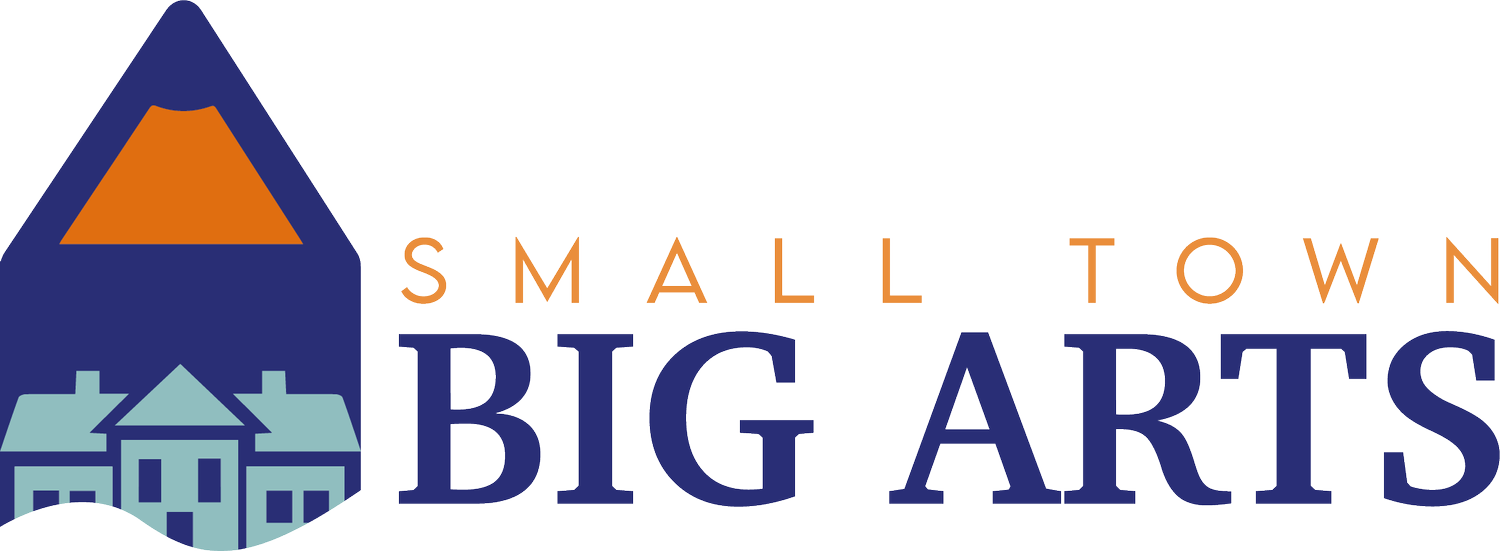Want to live in an “arts-vibrant” community?
Each year, SMU DataArts releases a list of the most arts vibrant communities in America and this includes a small community category. How does SMU DataArts determine arts vibrancy? They determine it by measuring 13 key variables (that are pretty closely weighted). These variables fall under three boarder categories that include: Art Providers, Arts Dollars, and Government Support. Each category and the coinciding variables, play integral roles in fostering a flourishing artistic landscape.
Want to make the SMU DataArts’ list? Work to improve the following:
1. Art Providers:
An essential foundation for a vibrant arts community lies in the presence of diverse and abundant art providers. This encompasses various elements:
**Independent and Freelance Artists:** A high density of independent and freelance artists infuses creativity and innovation into the community. Their presence not only diversifies the artistic offerings but also nurtures an environment conducive to experimentation and boundary-pushing in the arts.
**Arts and Culture Employees:** Having a significant number of individuals employed within the arts and culture sector bolsters the community. Their expertise, dedication, and contribution help sustain a dynamic artistic ecosystem.
**Arts and Cultural Organizations:** The presence of robust and diverse arts and cultural organizations enriches the community by offering platforms for artists to showcase their work, fostering collaborations, and engaging with the public.
**For-Profit Arts, Culture & Entertainment Firms:** These entities contribute to the economic vitality of the arts community by investing in artistic endeavors and creating avenues for commercial viability within the cultural sphere.
2. Arts Dollars:
Financial sustainability is crucial for the growth and sustenance of an arts community. Several financial aspects contribute to its vibrancy:
**Revenue from Nonprofit Arts and Cultural Organizations:** Strong revenue generated by these organizations signifies a healthy demand for artistic experiences within the community.
**Contributed Revenue:** Robust contributions from patrons, sponsors, and donors not only provide financial support but also indicate community engagement and support for the arts.
**Expenses of Arts Institutions:** Sizeable expenses denote significant investment in artistic production, curation, and presentation, showcasing a commitment to quality and excellence in the arts.
**Compensation for Staff and Artists:** Competitive compensation for individuals working within nonprofit cultural organizations attracts and retains talent, ensuring a high caliber of artistic output.
3. Government Support:
Government support plays a pivotal role in nurturing an arts ecosystem. This includes support at various levels:
**State and Federal Arts Funding:** Allocation of financial resources from state and federal bodies demonstrates a commitment to fostering a vibrant cultural landscape.
**Arts Grants:** Grants provided by government entities at local, state, and federal levels offer crucial financial assistance, enabling artists and organizations to innovate and create.
**Local Arts Funding:** Investment at the local level signifies grassroots support for the arts, often contributing to community engagement and accessibility to artistic experiences.
The synergy between these three areas—Art Providers, Arts Dollars, and Government Support—creates a robust foundation for a vibrant arts community. Arts vibrant communties emerge when these elements align and support each other, contributing not only to the cultural richness but also to the economic and social vitality of the community at large.
If you are interested in learning more, I would also recommend watching the 2023 SMU DataArts webinar: Arts Vibrancy Spotlight: Art and Resilience in Vibrant Small and Mid-Sized Communities

